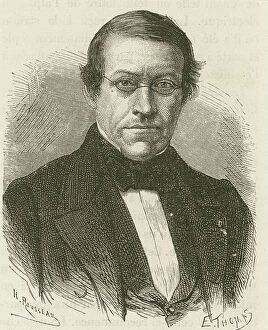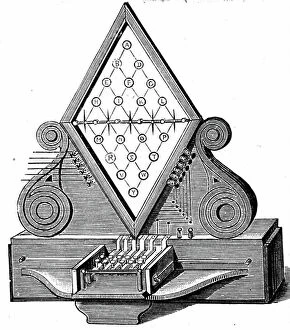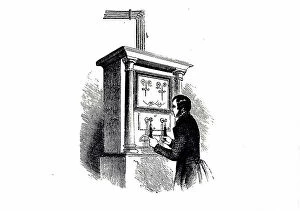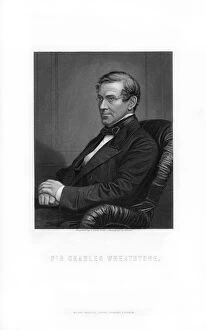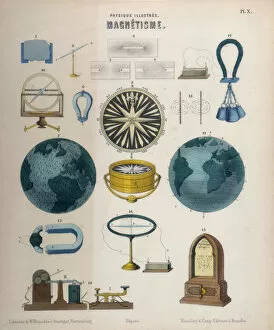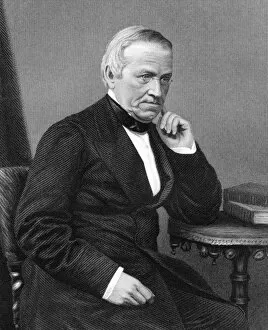Charles Wheatstone Collection
Charles Wheatstone was a renowned British inventor and physicist of the 19th century
All Professionally Made to Order for Quick Shipping
Charles Wheatstone was a renowned British inventor and physicist of the 19th century. He is best known for his contributions to the field of telegraphy, revolutionizing long-distance communication. In an engraving titled "Professor Wheatstone's Universal and Military Telegraph, " we see his groundbreaking invention that paved the way for modern telecommunications. Another engraving simply titled "Charles Wheatstone" showcases the man behind these remarkable inventions. His brilliance and dedication to scientific advancements are evident in this portrait. A printers sample from the Worlds Inventors souvenir album captures Sir Charles Wheatstone, highlighting his significant role as a British inventor in 1899. The artist, C Cook, skillfully portrays him with admiration and respect. The opening of the London to Paris telegraph link in 1852 marked a monumental achievement for Wheatstone. This event solidified his reputation as a pioneer in long-distance communication systems. Wheatstone's collaboration with William Cooke resulted in their patented five-needle telegraph in 1837. A diagram illustrating this innovative device reveals their ingenuity and foresight into future technological advancements. In another image showcasing Charles Wheatstones electric railway telegraph from 1850, we witness yet another groundbreaking creation by this brilliant mind. His relentless pursuit of progress led to numerous breakthroughs that shaped our world today. Even years later, Cook and Wheatstones' five-needle telegraph continued to be celebrated as evidenced by an image from 1915 captioned "Cook and Wheatstones 5-needle telegraph. " Their invention had undoubtedly left an indelible mark on history. Magnetism played a crucial role in many of Charles Wheatstone's inventions during this era, as depicted in an image labeled "Magnetism c1850. " It highlights his deep understanding of physics principles that enabled him to create such transformative technologies.


